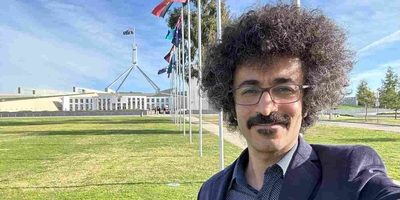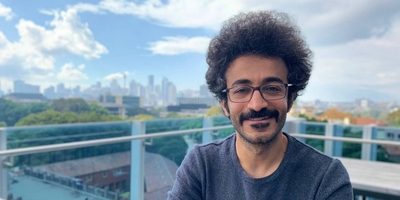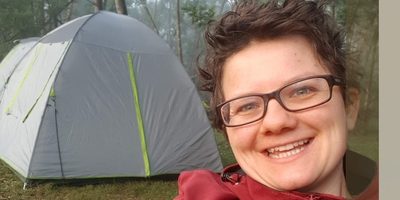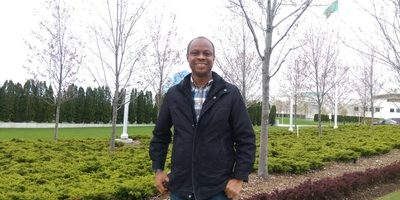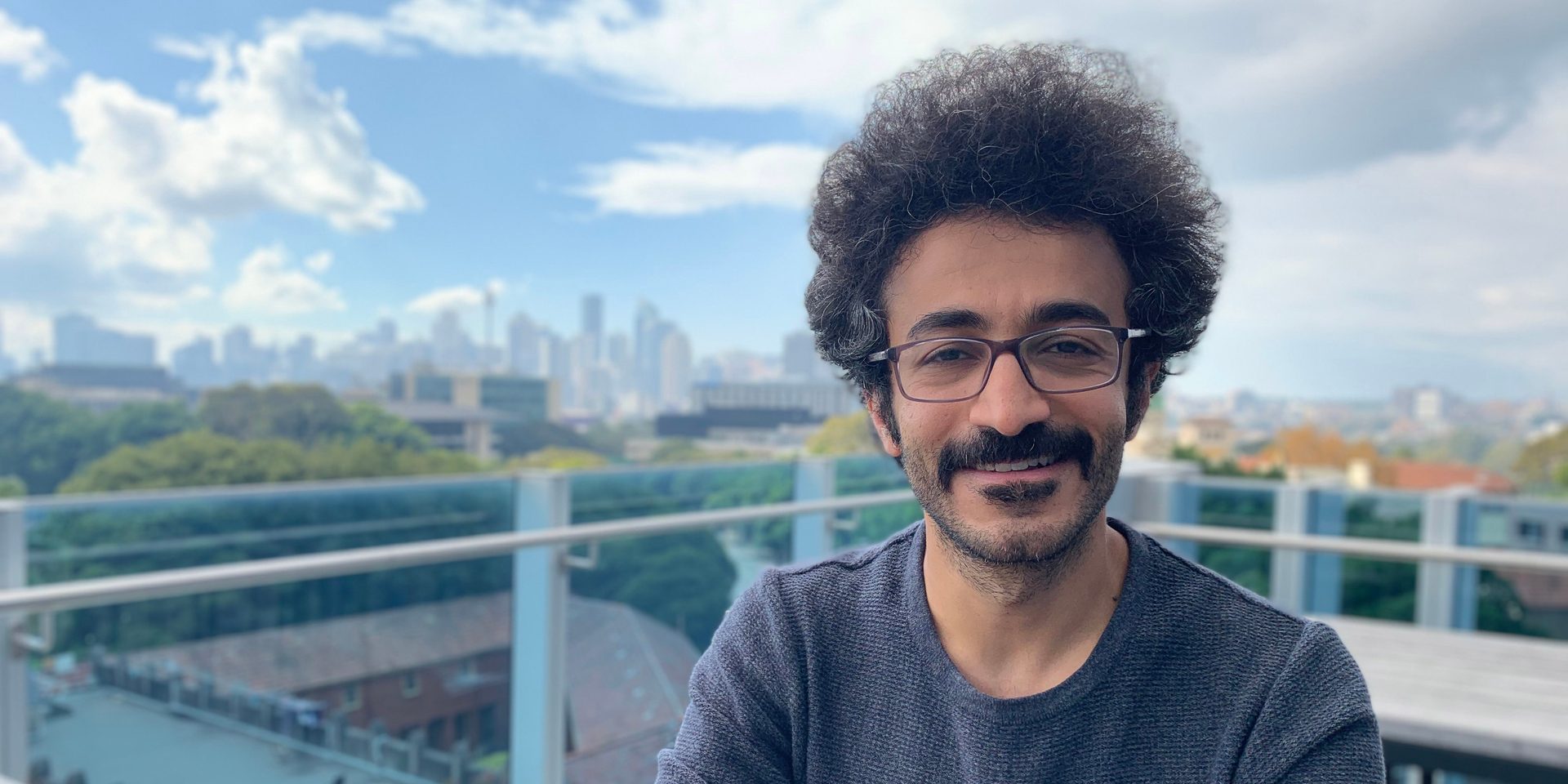
‘Do you know the difference between migraine and headache?’
Faraidoon Haghdoost is a PhD candidate at The George Institute. He is currently researching novel approaches for managing migraine and headache-related disorders. His study focus is the association of blood pressure with migraine or headache and whether different types of blood pressure-lowering drugs can reduce headache. Fari is passionate about raising awareness on the difference between ‘migraine’ and ‘headache’, often considered the same.
Why do you think we need more research on headache?
Headache is so common that almost everyone will experience it at least once in their life. However, some people live with headache disorders like migraine and tension-type headache. More than three billion people globally have a headache disorder; one billion have migraine – a neurological disease. In Australia alone, about 5 million people live with migraine, and around 400,000 of them have more than 15 days of headache in a month. These numbers are enormous.
Migraine - the neurological disease- is one of the leading causes of disability in the world. In young women, migraine is the number one cause of disability, and in fact, about 75% of all migraine patients are females. The annual direct and indirect cost of migraine in Australia is estimated at about $36 billion. This data highlights the importance of focusing on headache and migraine research and management. There are a lot of unmet areas of research in this area.
Tell us about your current projects in addressing this problem.
My thesis evaluates novel approaches for managing migraine and headache considering related disorders. What I hope to be able to answer via my research is whether different types of blood pressure-lowering drugs can reduce headache. I am also checking the impact of salt reduction on headache, as part of our large Salt Substitute and Stroke Study (SSaSS). In addition, I am evaluating the association between diabetes and migraine. I hope to publish the results of these studies very soon.
How did your background influence your choice of research?
I did my entire school education in my hometown, Mariwan, in Kurdistan. After getting the national university scholarship, I moved to study medicine at Isfahan University of Medical Sciences. It is difficult for me to remember how I became interested in studying headache disorders. Maybe it was because of some amazing mentors I had while studying as a medical student. I also have friends and family members with headache… when I saw patients with headache in clinics, I could see how much can and must be done to support them.
What does it mean to be a ‘thought leader’?
I want to connect with healthcare providers, researchers dealing with headache disorders and migraine and also people living with the condition. Only with their help can we design the best studies on the essential subjects of headache disorders and help address the unmet needs in the field. I am interested in the non-drug management of headache and migraine, and therefore awareness-raising is a big part of my goal. In addition to doing research and publishing papers, as scientists, we must always be able to translate the science and communicate with the people through social media etc. at large – this is what it means to be a thought leader.
What impact do you hope to achieve?
I hope I see a day when everyone knows the difference between “migraine” and “headache”. This may seem like a simple wish, but it is challenging! How often have you heard someone say “I have a migraine” as a way of explaining they have a bad headache? Making the difference between headache and migraine is key to improving migraine management. “Headache” is a symptom that can happen for many reasons. “Migraine” is a disease, and one symptom is “headache” which is usually moderate to severe. Other migraine symptoms can be nausea, dizziness, sensitivity to light, sound and smell, fatigue, neck pain and many others. Although there is currently no cure for migraine disease, several non-drug approaches like lifestyle modification and, if needed, drug-based interventions are available to manage migraine. As a thought leader, I hope to spread reliable knowledge about headache disorders and design more impactful studies in the future and, therefore, contribute to improving headache management and helping people with headache.
What do you do outside of work?
I am from Kurdistan in Iran, a beautiful mountainous area with four seasons. Kurdish is my first language, and I learned Persian as a second language in school. I only started using English daily when I moved to Australia at the age of 31!
Kurdistan is famous for its music and its special dance (Helperke). If you search “Kurdish dance”, you will find many videos online. I always miss the food and culture of Kurdistan and Iran in general. When I’m not in office, you can find me dancing, especially to my traditional music, or hunting out local foods from different countries across Sydney!



